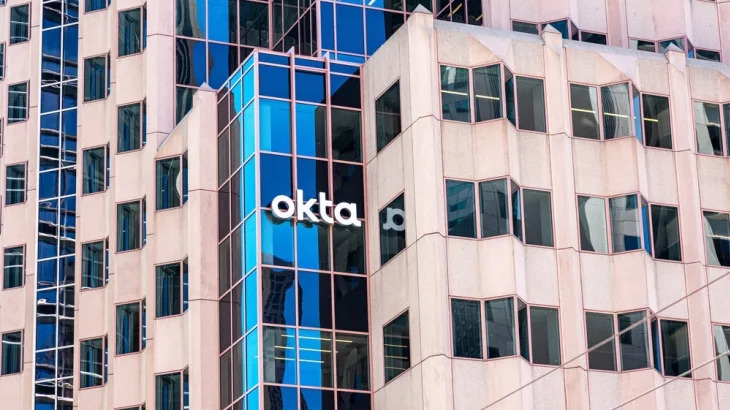(Bloomberg) -- President Donald Trump’s tariff measures may slow the adoption and expansion of carbon markets in the Asia-Pacific region, which accounts for three-fifths of global emissions and has been a key driver of growth in trading.
Despite their rapid expansion, the region’s emissions trading systems currently cover just 16% of global greenhouse gases, and weak demand and liquidity means prices are still far below those in Europe. If Trump’s trade policies and tariffs lower economic growth in the region, it could slow the political urgency to be more ambitious, said Szymon Mikolajczyk, a partner at Climate Focus, an international carbon markets advisory firm.
From Thailand to Vietnam, more governments in the region have moved toward putting a price on carbon to align with stricter global regulations, such as the European Union’s Carbon Border Adjustment Mechanism. Meanwhile, China and South Korea are expanding their existing systems to include more polluting sectors.
However, weaker carbon prices and slower adoption of pricing policies could follow in Asia if Trump’s tariffs weigh on global trade, according to Chia Chen, a senior associate analyst at Bloomberg Intelligence.
“If the US imposes more tariffs on Asian goods, it’d be difficult for these countries to raise carbon prices — it’s like stacking tariffs on top of tariffs,” she said. “It could ultimately cripple their economies.”
Here’s where some of the region’s biggest economies stand:
China
The Ministry of Ecology and Environment plans to expand its emissions trading scheme, or ETS, beyond electricity generation to cement, steel, and aluminum this year. The government has also introduced other policies, such as tighter caps for power plants and harsher penalties for companies found to be falsifying data.
India
The Ministry of Environment, Forest and Climate Change released detailed regulations in July for a market under the Carbon Credit Trading Scheme. Set to launch fully by 2026, it will initially cover nine sectors, including aluminum, cement, steel, and petrochemicals, with plans for expansion.
Indonesia
The Southeast Asian nation opened its domestic carbon exchange to foreign investors to strengthen its position as a hub for offsets and climate finance. The country also plans a tax on emissions, starting with power plants and expanding to the transport sector, local media reported, citing Finance Minister Sri Mulyani Indrawati.
Japan
The Ministry of Economy, Trade and Industry is considering plans to expand its ETS to companies emitting more than 100,000 tons of carbon dioxide annually. From fiscal year 2026, as many as 400 firms — mainly in the steel, oil, and automotive sectors — may be required to participate in the system.
Taiwan
The Ministry of Environment plans to impose a carbon fee on heavy emitters from 2026, targeting steel and semiconductor manufacturers, which account for over half the country’s emissions. The fee will be applied to power and manufacturing firms emitting more than 25,000 tons annually.
Vietnam
Vietnam may delay the start of its ETS to 2028, two years later than initially planned, according to a draft policy seen by Bloomberg. It is expected to cover about 150 companies in thermal power, steel and cement, with finalization set for year-end.





